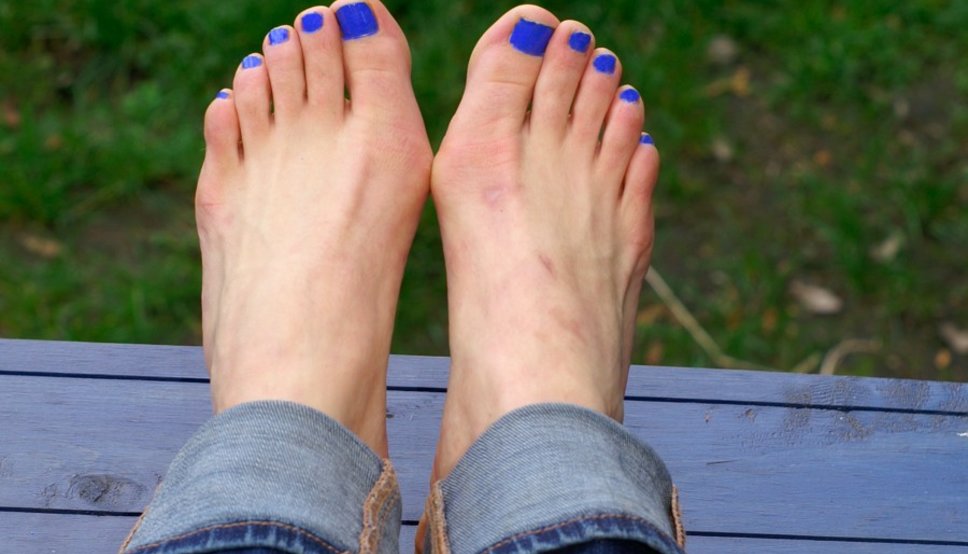Your feet were designed to walk, and it is crucial not to ignore the importance of maintaining excellent foot health. Regardless of how far away your heart is, the state of your feet could affect your entire health. Owing to the constant use of your feet, they are more susceptible to injury, among other conditions. A bunion is an unusual bony growth that develops at the foot of your big toe. These protrusions are often painful and uncomfortable; hence, could render walking and moving around difficult. However, as with numerous other foot and health issues, the earlier a problem is detected and treated, the better the treatment outcome, and care for a bunion is no exception. To better understand this condition and recognize the disorder early, podiatric specialist Dr. Nathan Hansen goes over some of the warning signs and symptoms of bunions in Mill Creek. Read on to find out more!
How To Identify a Bunion? 5 Common Signs and Symptoms
- A Prominent Bump
A prominent bulge on the side of your big toe joint is one of the more noticeable indications of a bunion. Although this is the easiest marker to see, it is not the one you should depend on since the bunion is more difficult to repair once it has reached the point of being visibly established. If you discover a protrusion or lump on the edge of your big toe joint, contact Dr. Hansen right away.
- Insufficiency In the Toe Box
If the toe box of your shoes starts to fit strangely, it could be an indication of an undetected bunion. You might have a bunion if your toes appear to be pushing against the shoe’s toe box or are tighter than usual, particularly if discomfort occurs on the inside side of your foot.
- Soreness Or Inflammation in The Big Toe Joint
Whether your shoes feel any different or not, if your big toe or its joint is inflamed, sore, or itchy after wearing them for a while, a bunion might be the source of your discomfort.
- Restricted Motion range In the Big Toe
Bunions restrict the usual mobility of the big toe joint. Thus, a reduction in big toe flexion and extension is another symptom of a bunion. If you cannot bend one big toe as much as the other, or if the motion feels painful, it can be triggered by joint dysfunction due to an existing bunion.
- Pain in the Joints
Lastly, bending the big toe joint or walking might also be painful, which is a clear clue that something is wrong with the region. In most cases, a bunion is a culprit.
Pain, whether mild or significant, is not normal. Thus, if you are experiencing discomfort that does not go away after several days, particularly if it is accompanied by any of the symptoms described above, see the highly skilled podiatrist Nathan Hansen, DPM. Dr. Hansen is convinced that if you keep a close eye out for these warning signs and are proactive in addressing any possible bunions, you can handle your condition without surgery. Nonetheless, it is reassuring to recognize that if surgery is required, Dr. Hansen and his expert team at Hansen Foot & Ankle can offer you the best possible treatment. Arrange an appointment today through mobile or book online to explore your care options.


